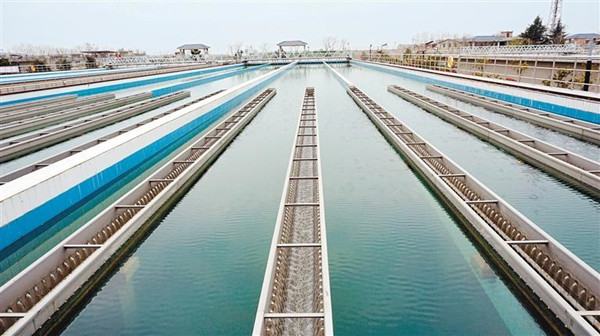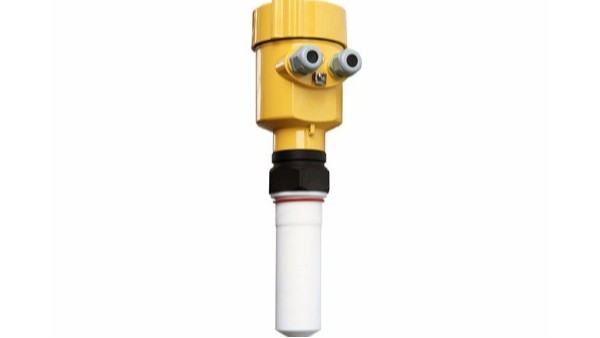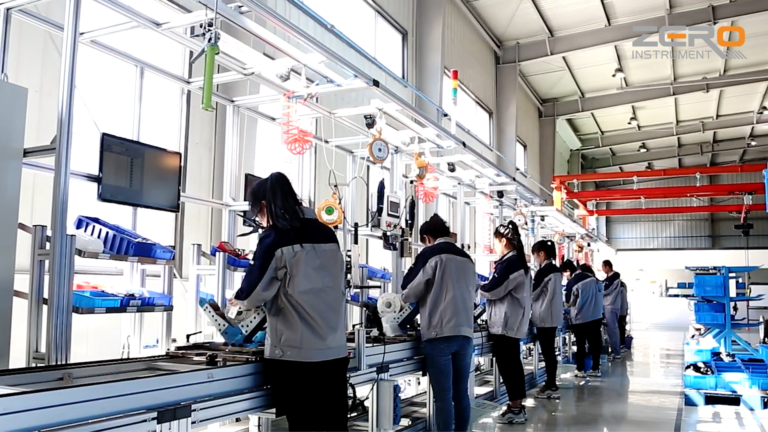The accurate water level measurement of the original pool is not only related to the effective management of water resources, but also directly affects the stability of the subsequent treatment process and the quality of the final water supply.
With the advancement of science and technology, radar level gauges have become an ideal choice for water level monitoring in raw pools due to their advantages such as high accuracy, strong reliability, and easy maintenance.

As a facility for storing natural water sources (such as rivers, lakes, groundwater, etc.), raw ponds have some unique characteristics in water level measurement.
First of all, the water level of the original pool often changes within a large range. Affected by the weather, season and upstream water volume, the water level may rise and fall rapidly.
Secondly, raw water may contain sediment, suspended matter or biofilm, which may interfere with contact measurement equipment.
In addition, the temperature, pH value and content of other chemical substances in raw water may also change with time and location, which places higher requirements on measurement equipment.
Under these complex and changing conditions, the radar level gauge has demonstrated its excellent adaptability and accuracy.

Radar level gauge is a non-contact measurement tool based on the microwave principle. It measures the position of the liquid surface by emitting microwave signals and receiving reflected signals.
Compared with traditional float or pressure sensors, radar level gauges are not affected by the properties of the liquid, whether it is corrosiveness, viscosity or temperature changes, and can maintain a high degree of accuracy and stability.
The advantage of radar level gauges is their extremely high accuracy. In the measurement of raw pool water levels, even a few millimeters of error can lead to instability in the water supply system.
The radar level gauge can provide millimeter-level measurement accuracy, ensuring the accuracy of water level data. In addition, due to its non-contact measurement method, it avoids the wear and contamination problems that may be caused by traditional contact measurement, greatly extending the service life of the equipment.

An actual measurement case can further illustrate the application effect of radar level gauge. In a mountainous reservoir, due to the complex terrain and the water source coming from melted snow on distant mountains, the water level fluctuates very frequently and with a large amplitude.
The float level gauge used in the past often failed due to frequent fluctuations and inconvenient maintenance. Since the replacement of the radar level gauge, not only the measurement accuracy has been greatly improved, but the stability of the equipment and the maintenance workload have also been significantly improved.
The successful application of radar level gauges ensures that the reservoir can accurately monitor water level changes, thereby better regulating downstream water flow and ensuring the drinking water safety of local residents.

Of course, no technology is perfect. Under extreme weather conditions, such as heavy rain or strong winds, the measurement of the radar level gauge may be affected.
Therefore, engineers need to take these factors into consideration when designing and installing, and take corresponding protective measures, such as installing rainproof covers or windshields, to ensure that the radar level gauge can work stably in various environments.
In short, the application of radar level gauges in raw pool water level measurement not only improves the accuracy and reliability of measurement, but also provides strong technical support for water resources management.
By accurately monitoring the water level of raw pools, we can better understand the usage of water resources, optimize dispatch strategies, ensure the efficient operation of the water supply system, and provide stable and reliable raw water supply to urban residents.
